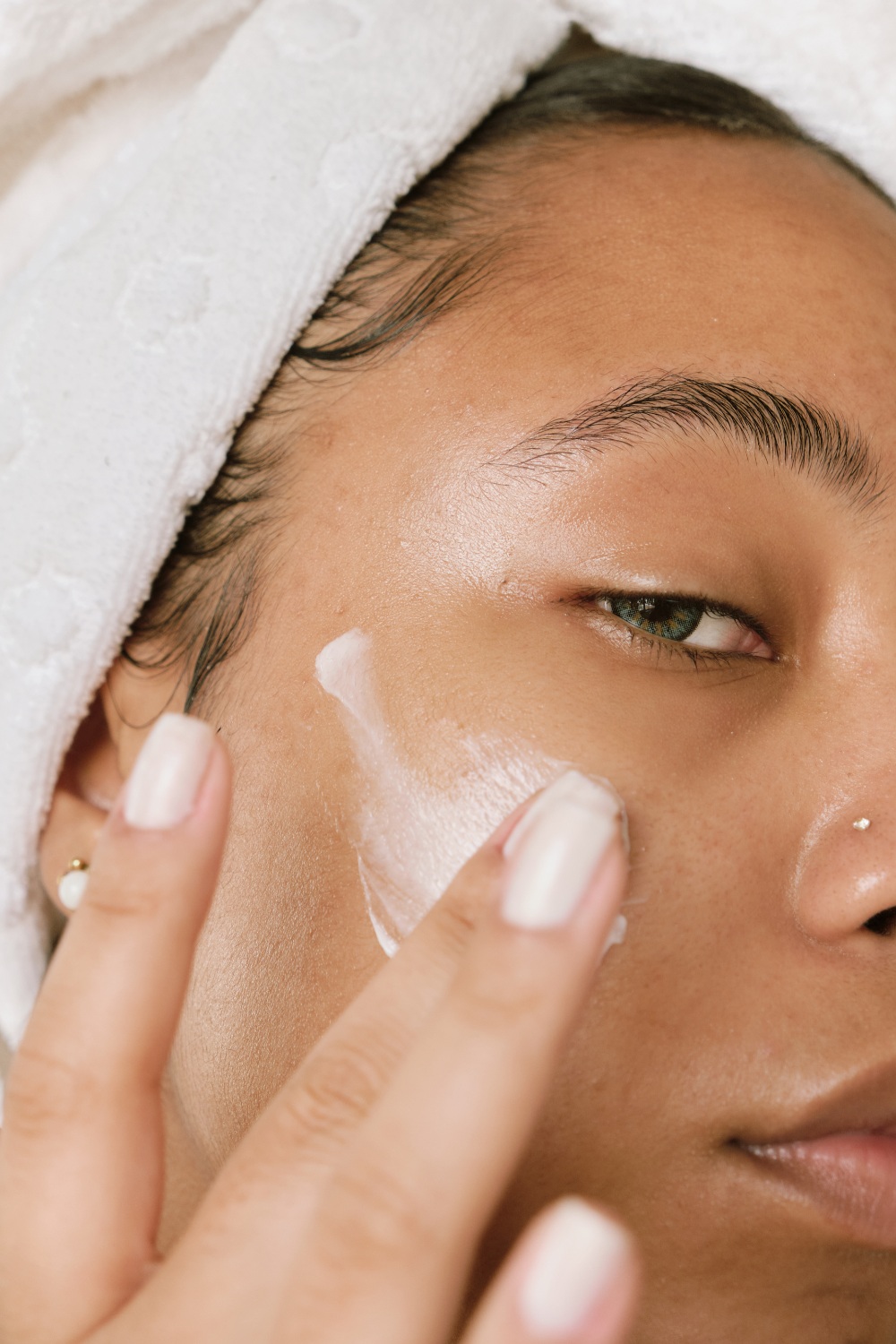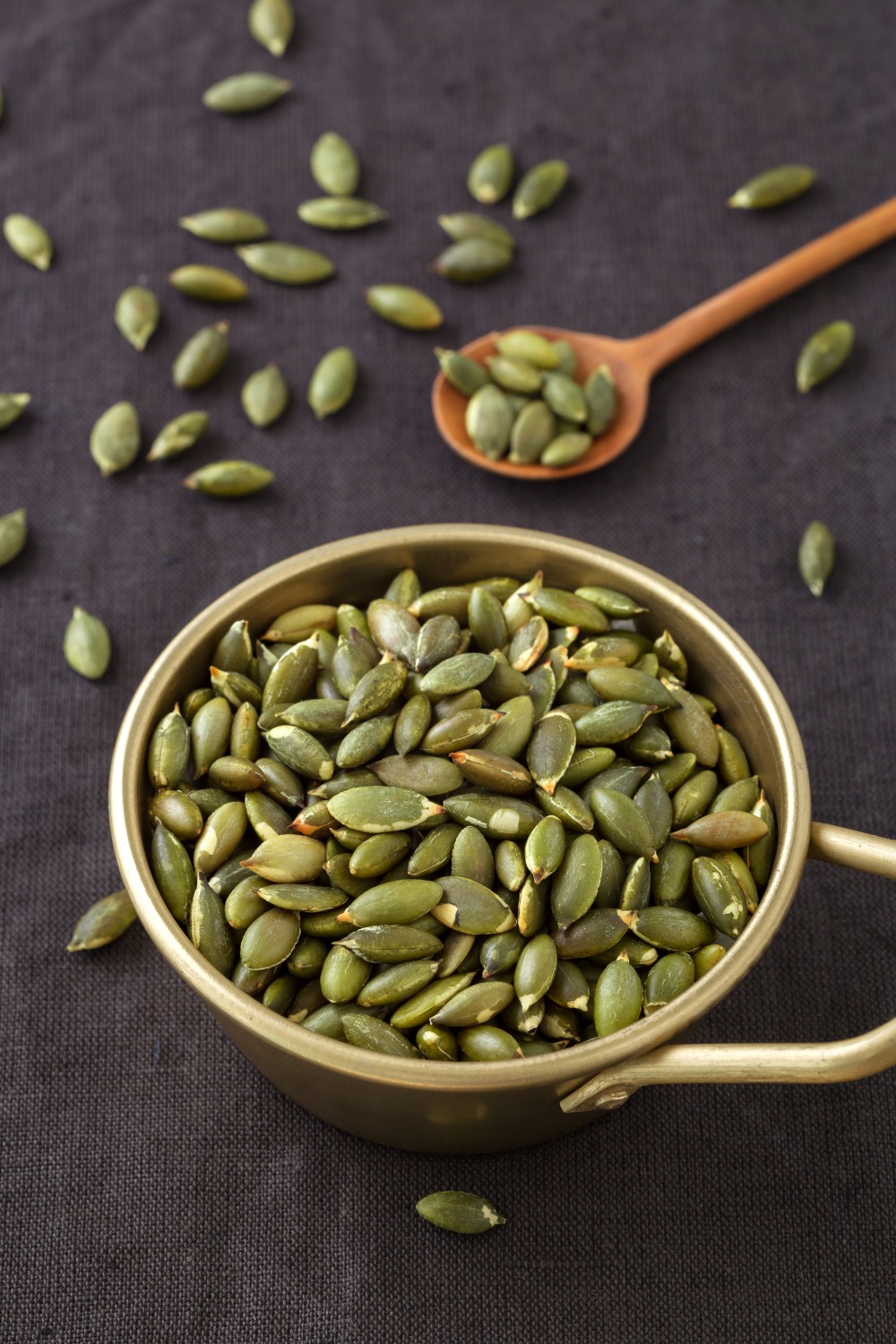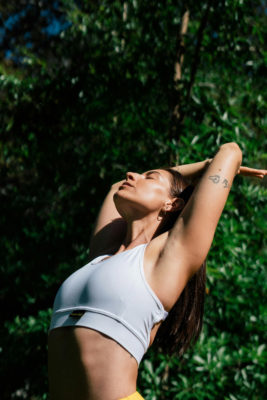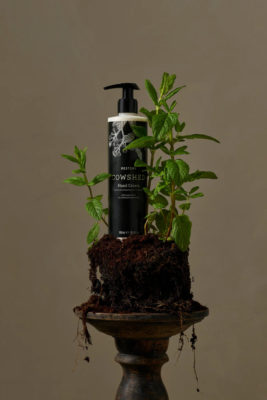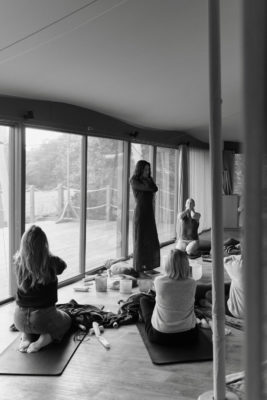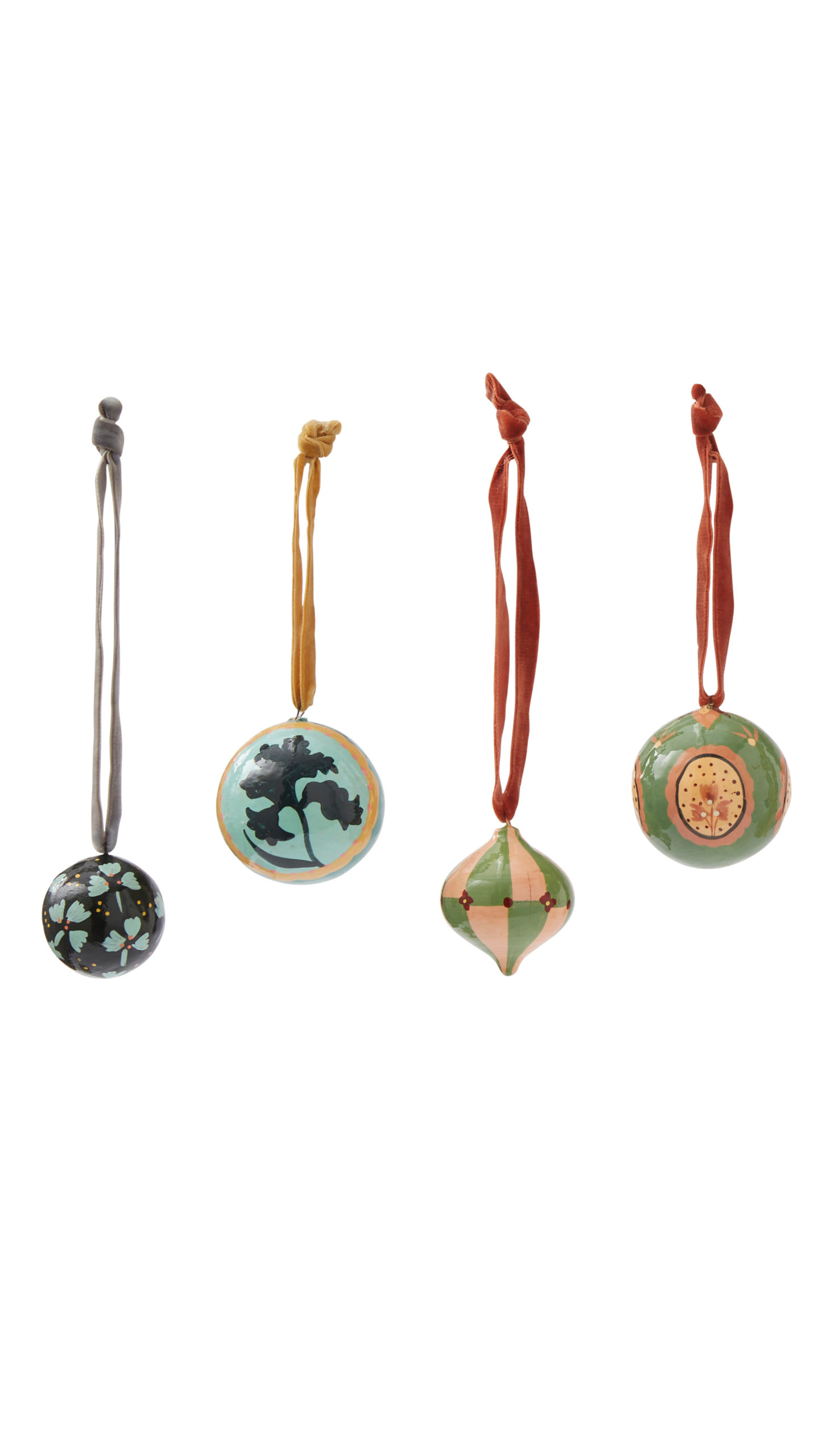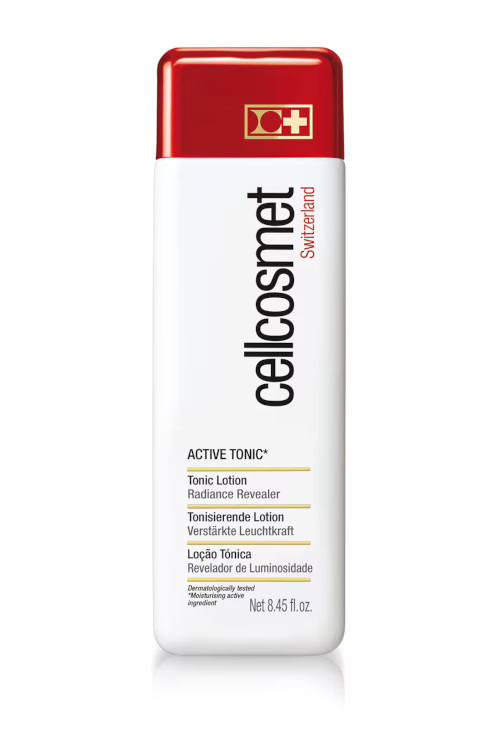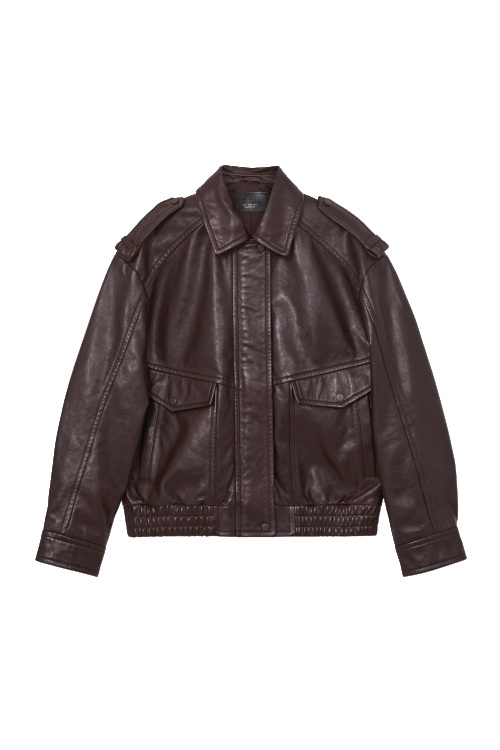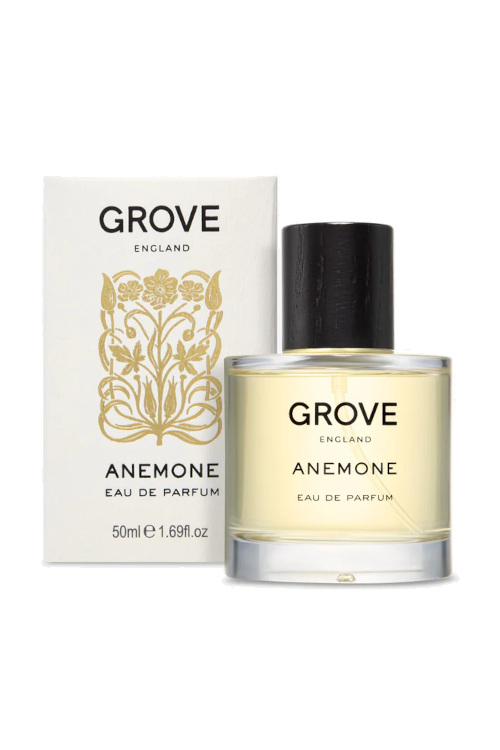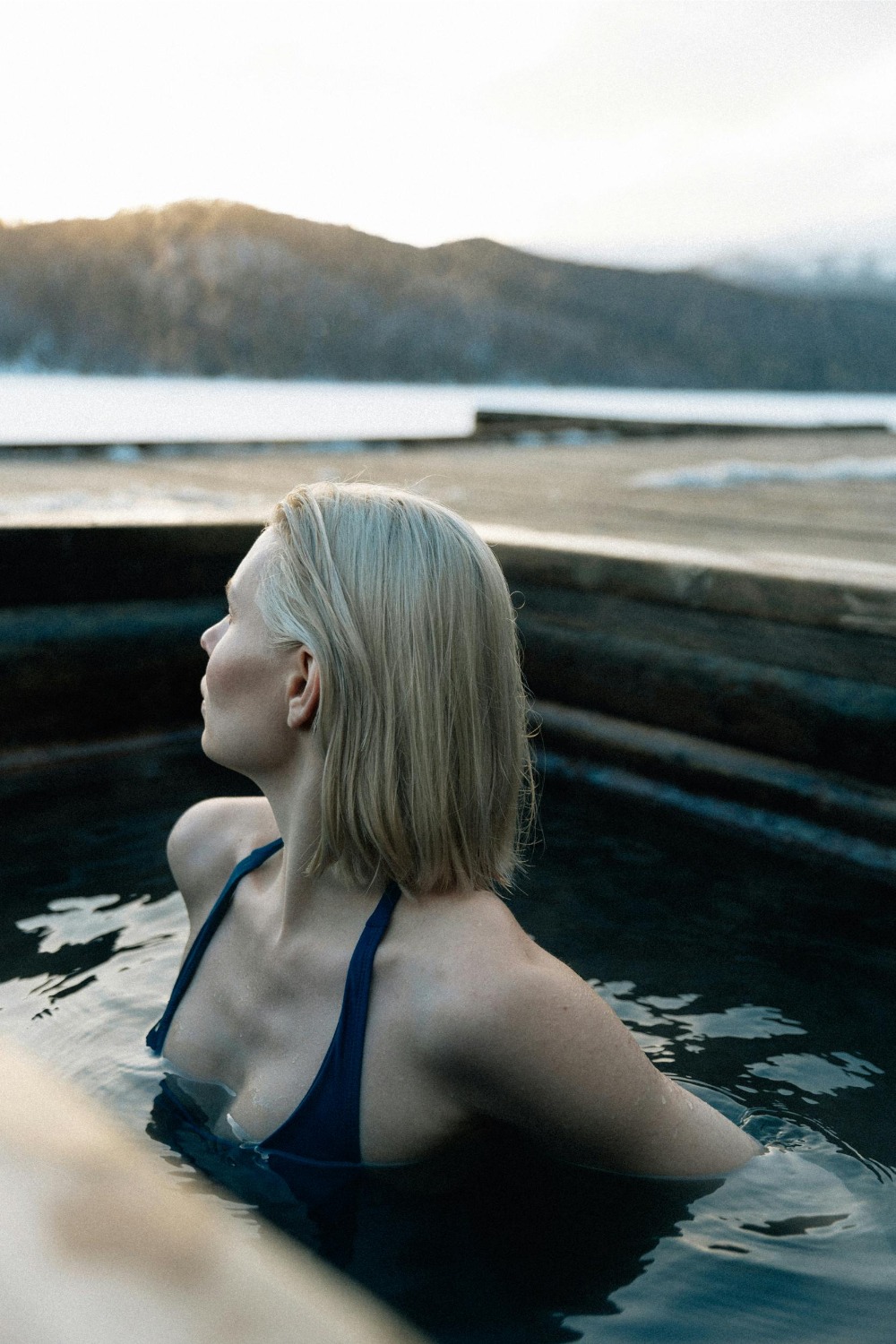
10 Wellness Swaps To Make This Winter
By
14 minutes ago
Our top swaps to ensure a winter of wellness
Winter has finally arrived – and with it comes the usual dark mornings, gloomy afternoons and early evenings. While it’s hard to move past the SAD and frosty weather, there are a few swaps you can make at home to get ahead of the winter wellness curve (and save yourself the ‘new year, new me’ moment in January).
How Does The Arrival Of Winter Impact Our Overall Health?
Aside from the obvious – flu season is rampant at this time – we experience a multitude of changes with the shift in seasons. ‘The transition into winter can significantly affect overall wellbeing due to changes in weather, daylight, and lifestyle habits and it is completely normal to feel a bit of a shift both physically and mentally,’ notes Dr Raj Arora, an NHS GP and director of The FaceBible.
She notes that changes can impact us on multiple levels: mood (‘low energy, lack of appetite, mood changes and sleep disturbances’), exercise (‘colder temperatures may discourage outdoor activities’), physical health (‘there’s an increased risk of infections such as colds and flu, which takes its toll on our immune system’) and even our skin (‘the combination of cold air and indoor heating can strip the skin of moisture, leaving it dry, irritated, and more sensitive’).
So what can we do to soften the (frosty) blow? Use this as a time of reflection, suggests celebrity personal trainer Aimee Victoria Long. ‘Shorter days and softer light encourage a slower pace, inviting us to rest and restore,’ she explains. ‘The reduced sunlight can affect our energy and mood, so this season often asks us to be more intentional about how we nurture ourselves.
‘Rather than resisting the change, it can be a moment to reconnect with small, grounding rituals and to prioritise rest, nourishment, and reflection,’ she adds. ‘Winter reminds us that slowing down can be deeply restorative.’
And if reflection doesn’t come easily, don’t worry – we’ve asked our network of fitness, nutrition and skincare experts to share their top wellness swaps for winter. Here’s the verdict.
Expert Take: Winter Wellness Swaps
SKIN
Light Moisturiser → Rich Creams
The top skincare swap you can make come winter? Your choice of moisturiser.
‘As the weather turns colder, the combination of low temperatures, dry air and indoor heating can significantly dehydrate the skin,’ notes Evelyn Lee, CEO and founder of Dr.Althea. ‘When the skin loses moisture, its texture can become rougher, fine lines may appear more visible, and the skin’s oil-to-water balance can become disrupted. So, if your usual moisturiser starts to feel insufficient, switching to a richer formula can make a big difference.’
‘Thicker, more emollient creams provide additional hydration and to create a barrier against cold, dry air,’ adds Dr Raj. ‘Since the colder, drier air can lead to increased skin dryness and sensitivity, adjusting your skincare routine to include more hydrating and protective products is crucial.’
For our pick of the best moisturisers for dry skin, see here.
Micellar Water → Cleansing Balm
It’s also time to ditch the micellar, says Evelyn. ‘During winter, the skin tends to become more sensitive, and using micellar water with a cotton pad can create unnecessary physical friction – even if the formula itself is gentle,’ she says. ‘This repeated wiping action can irritate an already delicate skin barrier.’
Both of our skincare experts suggest swapping in a cleansing balm or oil-based cleanser. ‘This allows makeup removal with your hands only, while providing hydration through an oil-based formula,’ notes Evelyn.
‘Creamy or oil-based cleansers can help maintain moisture, preventing skin from feeling tight or dry after washing,’ adds Dr Raj. ‘Although you could also skip the morning cleanse altogether if your skin is tight and dry.’
Regular Exfoliation → Gentle Techniques
You’ll also want to skip the exfoliator for best results this winter. ‘Reduce the frequency of exfoliation and switch to gentler products to prevent disrupting the skin barrier and increasing sensitivity,’ recommends Dr Raj. ‘For example, switch BHAs to gentler acids like lactic or mandelic and also consider reducing the frequency of other active skincare such as retinoids.’
FITNESS
Morning Runs → Lunchtime Walks
Those dark mornings and evenings make the thought of outdoor exercise seem all the less appealing. So swap the early jog for a mid-morning walk instead, suggests Aimee. ‘Making the most of the midday light helps lift energy and supports vitamin D levels,’ she says. ‘It’s a small change that can completely transform mood and focus.’
She maintains that it’s still important to spend some time outdoors each day, if possible. ‘Getting outside each day, even for a few minutes, breathing in crisp air, and finding pleasure in small moments of calm can transform how the season feels,’ she emphasises. ‘It’s a beautiful time to restore both body and mind, to move gently, and to honour rest as an essential part of balance.’
High-Intensity Sessions → Strength, Pilates Or Mobility Work
While you may think about cranking up the HIIT workouts in anticipation of the Christmas buffet, Aimee reassures us it’s not necessary to stick to just high intensity workouts during the winter months. Instead, opt for strength training, Pilates or mobility work. ‘These forms of movement are deeply supportive in colder months, helping the body feel strong, supple, and balanced,’ says the personal trainer.
DIET
Natural Sunlight → Vitamin D Supplements
Gloomy winter days mean less sunshine – which means we’re taking in much less vitamin D. ‘During the darker months, when sunlight in the UK isn’t strong enough for our skin to produce vitamin D, try taking a daily supplement of 10 micrograms,’ recommends leading nutritionist Rhiannon Lambert. She adds that vitamin D is ‘important for bone, muscle and immune health’, so topping up with a focused supplement will do you good in the long term (not just through winter).
Processed Meats → Homecooked Meats Or Plant-Based Options
A swap that works all year long, says Rhiannon. ‘A swap I always encourage is cutting back on processed meats – things like deli slices, bacon rashers and sausages,’ she says. ‘We tend to see more of these in summer with barbecues, and again in winter in the form of party foods and festive finger food.’
Instead, the nutritionist encourages us to consider ‘unprocessed options such as chicken and turkey breast and cook these at home’ or even plant-based alternatives – Rhiannon’s top picks are ‘falafel, bean bites and tempeh. These add fibre and beneficial plant compounds that further support long-term health.’
Low-Fibre Foods → High-Fibre Foods
And while not technically a swap, the nutritionist also notes that fibre is all the more important come winter. ‘Most of us in the UK fall short of the recommended 30 grams a day, yet fibre supports so many aspects of our health, from gut function and immunity to chronic disease risk and mood,’ says Rhiannon. ‘Try sprinkling seeds on your cereal, porridge or toast, snacking on nuts, popcorn or crudité and hummus, and choose wholegrain versions of staples like pasta and bread. While it’s not a swap, prioritising fibre in winter is one of the easiest, evidence-based ways to support overall wellbeing.’
MOOD
Alarm Clocks → SAD Lamp
Mood is also a major target of the seasonal shift, notes Dr Raj. She explains that ‘reduced daylight hours can sometimes even lead to Seasonal Affective Disorder (SAD), resulting in symptoms like low energy, lack of appetite, mood changes and sleep disturbances to name a few.’
A quick fix to give you a bit more energy in the mornings? An SAD lamp, designed to slowly wake you up with the sensation of sunlight. It might be dark outside, but the soft glow will surely leave you feeling sunny.
For more wellness gadgets, see our roundup here.
High Expectations → Being Kind To Yourself
And finally, remember to be kind to yourself. ‘Winter can be a challenging time of year both physically and emotionally,’ reminds Rhiannon. ‘The shorter days, colder weather and increased social demands often mean that our usual routines naturally shift. While it’s important to continue prioritising a balanced diet and lifestyle, it’s equally important to recognise that this season is also one of celebration, connection and rest.’
‘The body responds to the seasons, and expecting the same pace or intensity as in summer can feel unrealistic,’ adds Aimee. ‘Winter is the time to move with intuition rather than pressure. Activities like exercise become less about performance and more about consistency, balance, and how it makes you feel.’




